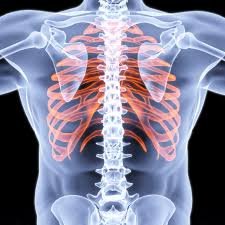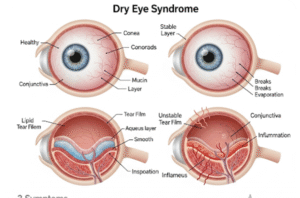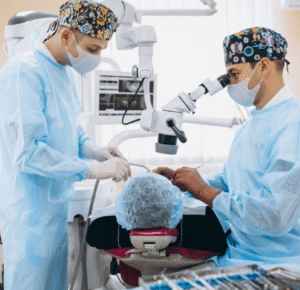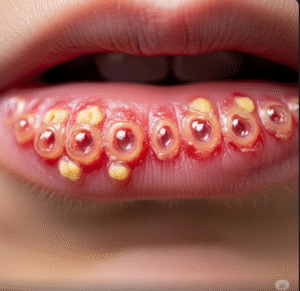Overview
Chest wall tumors are abnormal growths that develop in the bones, cartilage, muscles, or soft tissues of the chest wall. They can be benign (non-cancerous) or malignant (cancerous), and sometimes represent metastases from cancers in other organs such as the lungs or breasts. In Korea, chest wall tumors are diagnosed and treated using advanced imaging, minimally invasive surgery, and multidisciplinary oncology care.
What is a Chest Wall Tumor?
A chest wall tumor refers to any mass that originates in or spreads to the structures of the chest wall. These tumors may grow slowly and remain benign, or they may be aggressive and malignant, spreading to other parts of the body. Chest wall tumors can significantly affect breathing, mobility, and overall health.
Symptoms
- Visible or palpable lump on the chest wall
- Pain or tenderness in the chest area
- Swelling or redness over the tumor site
- Difficulty breathing if tumor compresses the lungs
- Chest tightness or restricted movement
- Unexplained weight loss, fatigue, or night sweats (more common with malignant tumors)
Causes
Chest wall tumors may arise from different tissues:
- Benign causes: Fibroma, lipoma, osteochondroma, hemangioma
- Malignant causes:
- Primary sarcomas (chondrosarcoma, osteosarcoma, rhabdomyosarcoma, fibrosarcoma)
- Lymphoma
- Metastatic cancers (lung, breast, kidney, thyroid, etc.)
- Secondary causes: Infection, trauma, or radiation exposure increasing tumor risk
Risk Factors
- Previous radiation therapy to the chest
- Genetic syndromes (Li-Fraumeni syndrome, familial cancer syndromes)
- Smoking and environmental carcinogen exposure
- Family history of bone or soft tissue tumors
- Chronic chest infections or inflammatory diseases
Complications
- Compression of lungs or heart, leading to breathing difficulties
- Local invasion into ribs, muscles, or nerves causing severe pain
- Spread (metastasis) to distant organs if malignant
- Recurrence after incomplete tumor removal
- Physical deformity of the chest wall affecting quality of life
Prevention
- No guaranteed prevention, but risk can be reduced by:
- Avoiding smoking and carcinogenic exposure
- Regular medical checkups for individuals with family history of cancer
- Early evaluation of any persistent chest lumps or pain
Treatment Options in Korea
Korea provides cutting-edge treatment for chest wall tumors with a multidisciplinary team approach:
- Diagnosis:
- Imaging: Chest X-ray, CT, MRI, PET-CT for staging
- Biopsy: Needle or surgical biopsy for confirmation
- Surgical treatment:
- Wide surgical excision is the mainstay for malignant tumors
- Reconstructive surgery using synthetic mesh, titanium plates, or muscle flaps to restore chest wall structure and function
- Non-surgical treatments:
- Chemotherapy and radiotherapy: For sarcomas, lymphomas, or metastatic cancers
- Targeted therapy & immunotherapy: Used for specific tumor types (e.g., HER2+ breast cancer metastases)













